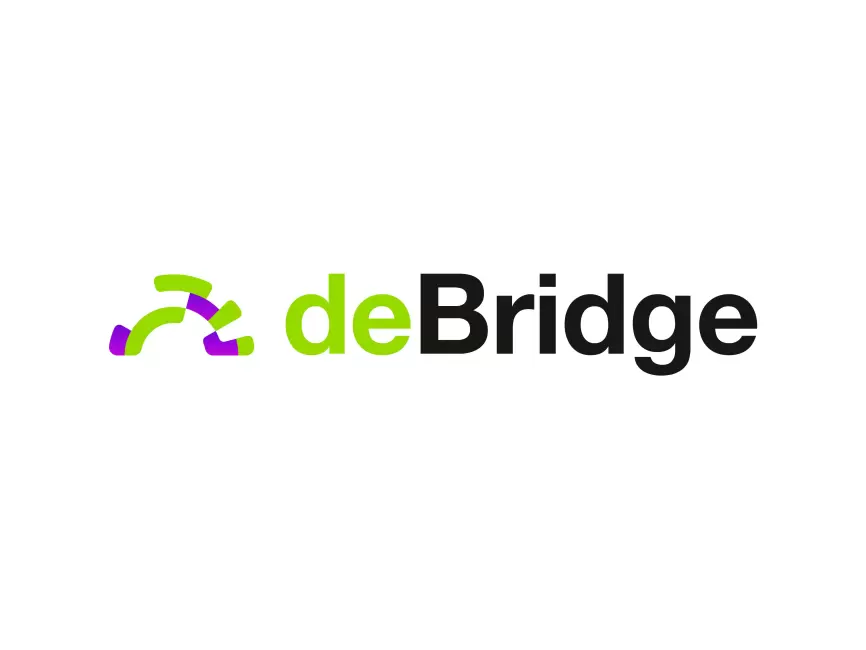Ever tried moving your crypto assets across chains and felt your heart skip a beat? Yeah, me too. It’s like stepping into a dark alley with a fat stack of cash—exciting but nerve-wracking. Seriously, secure asset transfer in DeFi still feels a bit like the Wild West, even in 2024. Cross-chain swaps promise seamless liquidity and freedom, but the reality? Well, it’s a mixed bag.
Here’s the thing. On paper, bridging assets between blockchains should be straightforward. But in practice, the risk of hacks, delays, and weird failures makes you wonder if you’re better off holding your tokens hostage on one chain. I mean, fast and safe? Rare combo.
My instinct said “there’s gotta be a better way,” and that’s when I stumbled into the world of debridge finance official site. Yeah, the name might sound a little generic, but their approach? Pretty slick.
Whoa! Before I dive deeper, I’ll confess: I’m biased toward solutions that don’t just talk the talk but actually deliver. So, buckle up as I unpack why secure cross-chain swaps remain so tricky, what’s holding them back, and how Debridge Finance is shaking things up.
Okay, so check this out—
The Cross-Chain Conundrum: Why It’s So Hard to Trust Bridges
At first glance, a cross-chain bridge seems just like a fancy escrow. You lock your assets on Chain A, and a corresponding amount shows up on Chain B. Simple, right? Actually, no. The devil’s in the details. Most bridges rely on smart contracts and validators to confirm events on one chain and mint tokens on another.
But here’s where trust issues creep in. Some bridges use centralized validators or a small group of nodes, which means a single point of failure. Hmm… that’s like putting your life savings in one person’s hands and hoping they don’t run off. On the other hand, fully decentralized bridges can be slow and complex, increasing costs and user friction.
Another layer of complexity is smart contract vulnerabilities. You’ve probably heard about those gnarly hacks where bridges lost millions overnight. It’s not just about bugs; it’s also about the sheer complexity of verifying cross-chain events securely. No wonder many folks are skeptical about bridging assets.
On one hand, users want speed and low fees. Though actually, those priorities often conflict with security—which demands more checks and sometimes slower processing. It’s a balancing act that’s far from solved.
And then there’s UX. Let me tell ya, if your grandma can’t do a cross-chain swap without breaking a sweat, something’s off. This part bugs me a bit because the technology is cool but still too clunky for mainstream adoption.
Debridge Finance: A Fresh Take on Cross-Chain Swaps
Initially, I thought Debridge Finance was just another player in the crowded bridge space. But digging in revealed some clever innovations. They combine multi-chain validation with a modular design that reduces central points of failure. The system uses aggregated validators from different chains to confirm transfers, which feels more robust than those old-school single-validator setups.
Something felt off about the usual bridges’ reliance on wrapping tokens endlessly. Debridge actually enables native token swaps without excessive wrapping, which reduces risk and complexity. That’s a big win right there.
Plus, their interface is surprisingly user-friendly. I tried a test swap from Ethereum to Polygon, and it wasn’t a headache. True, it’s not seamless like flipping a pancake, but for this tech, it’s pretty smooth.
Here’s the kicker: their open architecture lets developers plug in new chains and protocols without overhauling the whole system. So, it’s built with future-proofing in mind, which is rare for DeFi projects.
Check this out—

That image sums up their layered approach: multiple validators, cross-checks, and direct token swaps. It’s like having multiple security guards verifying your identity instead of just one. Makes you sleep better at night.
But Is It Perfect? Nope. And That’s Okay.
Honestly, no cross-chain solution today is bulletproof. Debridge Finance is a step forward, but there are still challenges. Network congestion can cause delays. Validator incentives need constant tuning to prevent collusion or laziness. And of course, user education remains a huge hurdle.
On the other hand, the fact that Debridge is transparent about these issues and continuously evolves its protocol is refreshing. Many projects hype safety but gloss over limitations. Not these guys.
Oh, and by the way, their community is pretty active, which is always a good sign. When real users spot bugs or suggest features, that’s the kind of feedback loop that drives real improvements.
So, yeah, I’m cautiously optimistic. Cross-chain asset transfer feels like it’s inching toward maturity, and platforms like Debridge Finance are leading the charge.
Before I forget, if you’re serious about secure cross-chain swaps, definitely give their platform a look. You can find more details on the debridge finance official site. It’s not just hype—there’s real engineering behind it.
Final Thoughts: A New Chapter in DeFi’s Cross-Chain Story
Looking back, I started this thinking cross-chain swaps were a bit overhyped and risky. But after diving into Debridge Finance, I’m seeing a real, tangible path forward. The tech isn’t flawless, and the risks aren’t zero, but the trajectory is promising.
It’s like watching a rough diamond get polished. The shine isn’t perfect yet, but you can see the sparkle emerging.
Anyway, I’ll keep watching this space—sometimes with excitement, sometimes with that wary feeling like “wait, what if…?” But for now, Debridge Finance feels like one of the better bets to make cross-chain asset transfers safer and more user-friendly.
And hey, if you’re still hesitant, that’s totally fine. Just remember, the crypto world moves fast, and bridges like Debridge might soon become as commonplace as your favorite wallet app. Until then, stay curious, but keep your guard up.